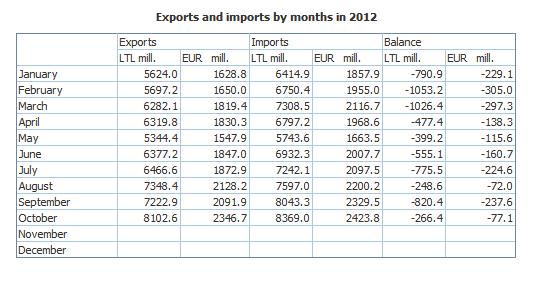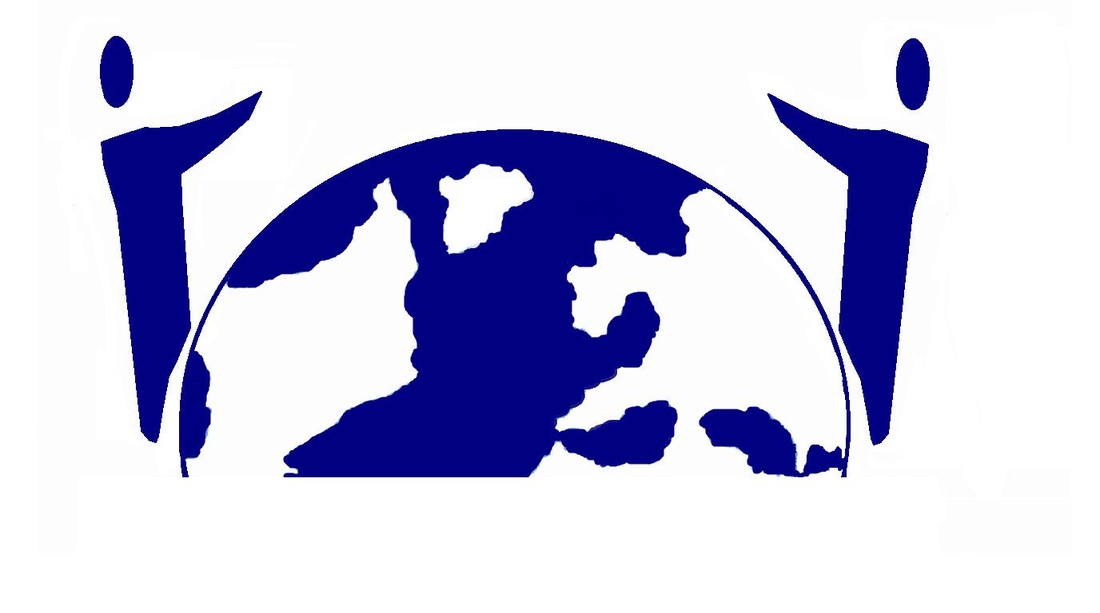LITHUANIA EXPORTS Exports in Lithuania decreased to 6908 LTL Million in December of 2013 from 7267.60 LTL Million in November of 2013. Exports in Lithuania is reported by the Statistics Lithuania. Exports in Lithuania averaged 2809.24 LTL Million from 1994 until 2013, reaching an all time high of 8100.50 LTL Million in October of 2012 and a record low of 468 LTL Million in October of 1994. Lithuania exports mostly mineral products (Mineral fuels, mineral oils and products of their distillation; bituminous substances; mineral waxes), foodstuffs, machinery and mechanical appliances, electrical equipment and chemicals. Lithuania's main export partners are Russia, Latvia, Germany and Poland. This page provides - Lithuania Exports - actual values, historical data, forecast, chart, statistics, economic calendar and news. 2014-03-09
3 Comments
Article tutors Enterprise Lithuania Updated: 2013-08-29
|
Author Tomas Gertus Archives
July 2014
Categories |
| Export leader |
|

 RSS Feed
RSS Feed
